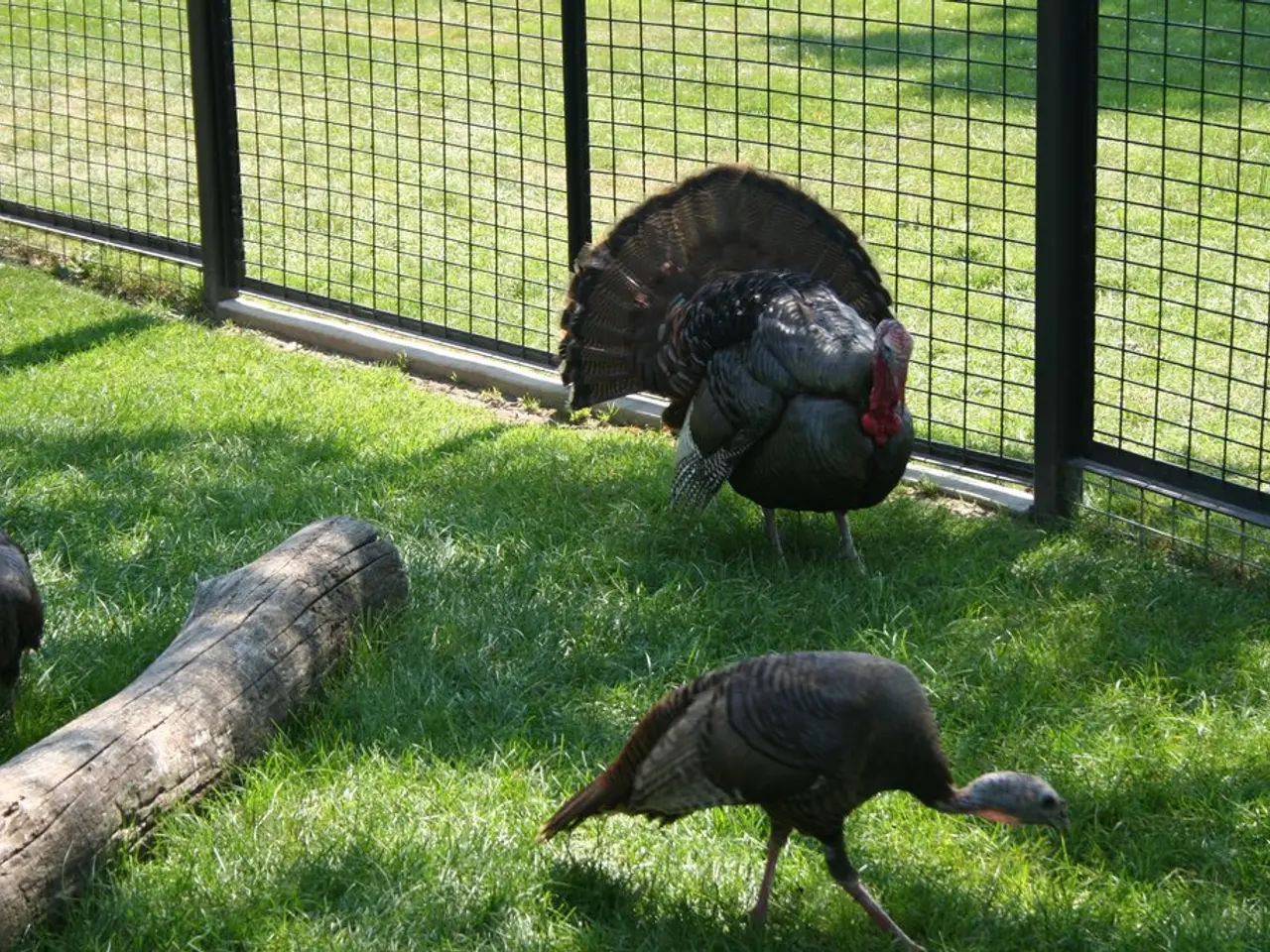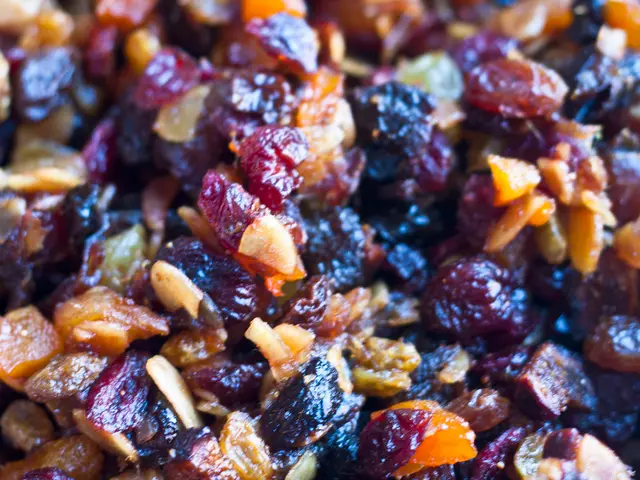Permit conditions for bird protection while implementing tree felling
In Germany, the rules for maintaining hedges during the breeding season are designed to protect nesting birds and other wildlife. Here's what you need to know to ensure you're complying with these regulations.
Pruning Restrictions
During the main breeding season, which runs from March 1 to September 30, pruning or cutting hedges is prohibited. This rule is in place to prevent the destruction of nests or the disturbance of breeding animals during this critical period.
Allowed Tools and Methods
Outside of the pruning ban, only appropriate tools such as hand shears or mechanical cutters designed to minimize wildlife disturbance should be used. Heavy machinery that could damage nests or soil habitats should be avoided. The use of electric hedge trimmers is discouraged due to their quick and radical cutting, which increases the risk of injury.
Nest Checking
Before any hedge maintenance work begins, a thorough nest inspection must be conducted to ensure no active nests are present. If active nests are found, the work must be postponed until after the breeding season or once the young have fledged and left the nest.
General Wildlife Protection
Hedge maintenance should be done with care to maintain biodiversity and support natural habitats for breeding birds, small mammals, and insects.
These rules are enforced under the German Federal Nature Conservation Act (BNatSchG) and related state laws, consistent with European Union directives on wildlife and bird protection.
Additional Considerations
The rainy summer provides animals with enough food in the form of insects and other invertebrates, creating ideal conditions for a second brood. It's essential to consider this when planning your hedge maintenance, as the breeding season for birds like the blackbird, song thrush, hedge accentor, and redstart may not be over.
Destroying a nest can result in a fine of several thousand euros. Therefore, it's crucial to be vigilant and thorough when checking your hedges before pruning.
Using pruning shears is permitted, provided individual branches are trimmed to maintain the original height and width of the hedge. Pruning the entire hedge or cutting it into geometric shapes is not allowed.
Remember, the goal is to maintain a balance between a well-kept garden and a thriving wildlife habitat. By following these guidelines, you can enjoy a beautiful garden while helping to protect the wildlife that calls it home.
If you need detailed legal texts or local variations, consulting the German Federal Agency for Nature Conservation (BfN) or local environmental authorities would be advisable.
While maintaining hedges in Germany, one must abide by the rules during the breeding season, which extends from March 1 to September 30, to protect nesting birds and other wildlife. During this period, pruning or cutting hedges is prohibited to prevent the destruction of nests or disturbance of breeding animals. Outside of the pruning ban, using appropriate tools like hand shears or mechanical cutters designed to minimize wildlife disturbance is encouraged, while avoiding heavy machinery that could damage nests or soil habitats. Additionally, before any maintenance work begins, a thorough nest inspection should be conducted, and if active nests are found, the work must be postponed until after the breeding season. These guidelines aim to maintain a balance between a well-kept home-and-garden lifestyle and a thriving environmental-science habitat, supporting biodiversity and natural habitats for birds, small mammals, and insects.




